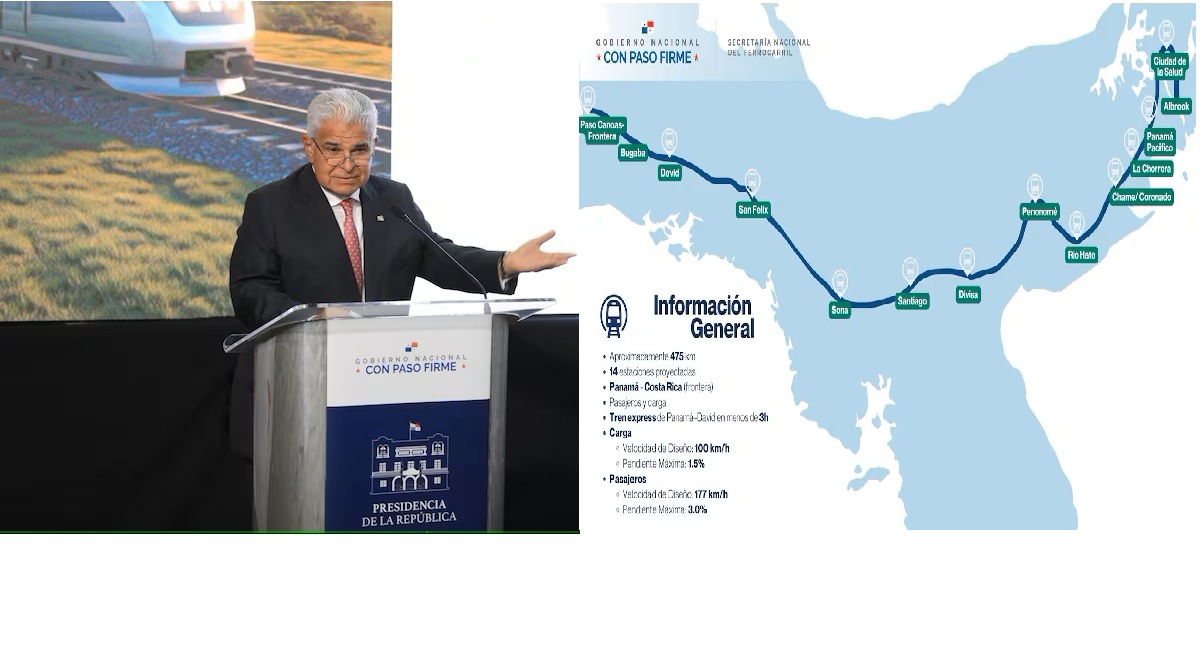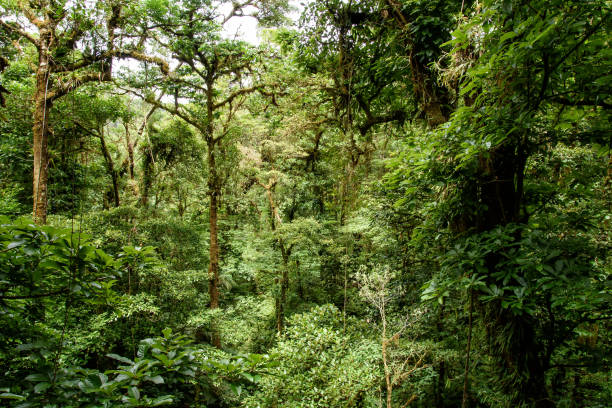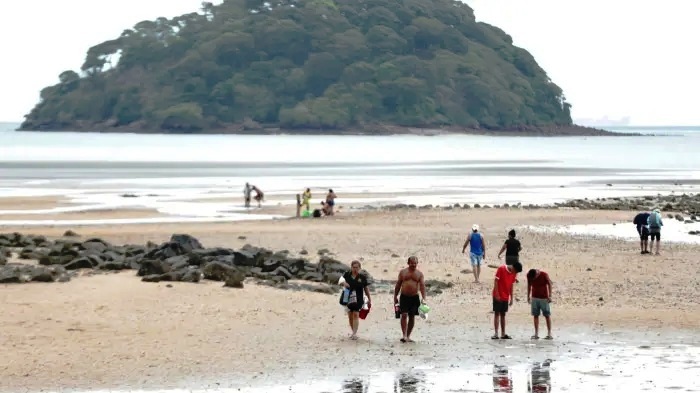First Phase of the Panama Railway Project will Improve Capital Access
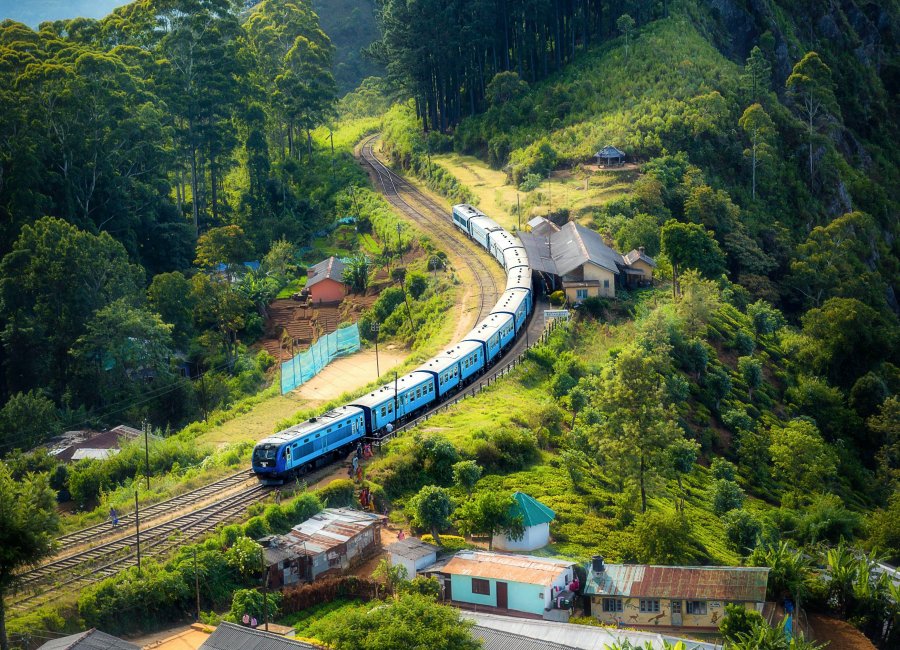
During a meeting held Sunday in Seville, Spanish President Pedro Sánchez pictured below on the right, expressed to Panamanian President José Raúl Mulino, sitting on the left, the interest of Spanish companies in participating in key infrastructure projects for Panama, including the Panama-David-Frontera railway, valued between $4 billion and $4.5 billion. Mulino, for his part, invited Spain to support Panama’s proposal, emphasizing that “the world is beginning to strengthen our geographical position” in a changing geopolitical context.
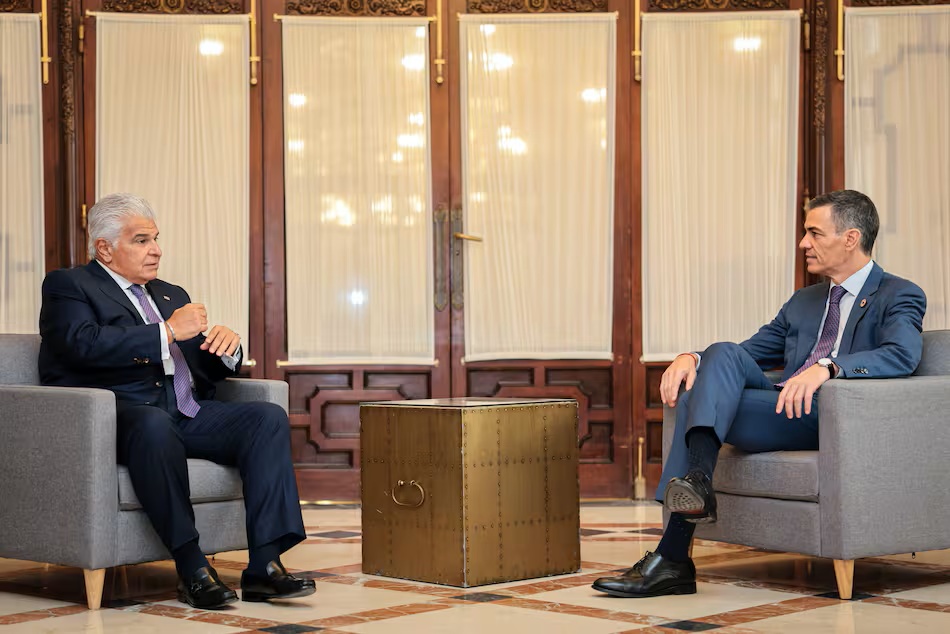
Spanish Companies are Interested in Investing in the Panama-Chiriquí Train
The Panama railway project is also being called the Panama railway initiative. It’s a railway with its first phase to enhance access to capital, that will eventually reduce travel congestion. Secretary Henry Faarup pictured below, highlighted that connecting Panama Pacífico and Divisa will boost passenger rail Panama and strengthen the nation’s transit infrastructure.
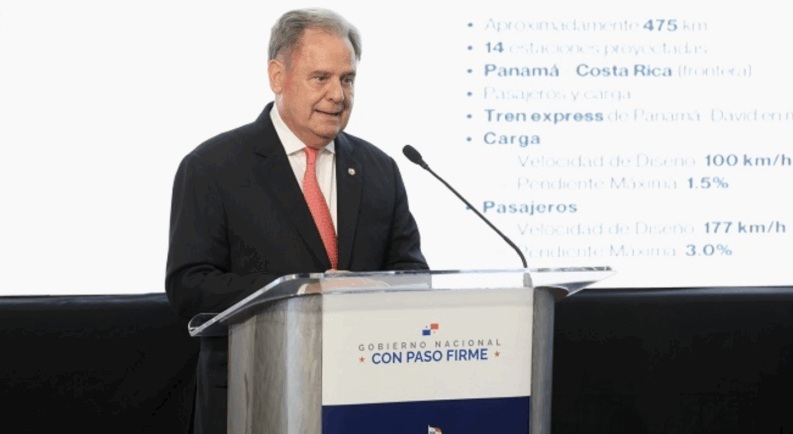
Why the First Phase Railway Matters
The first phase railway spans approximately 210 km and focuses on improving commuting for residents from Panamá Oeste and Coclé heading to the capital. Furthermore, studying passenger and freight demand aligns with plans to connect this new rail route to ports. By doing this they will enhance national logistics.
How the Railway Project Improves Access to Capital
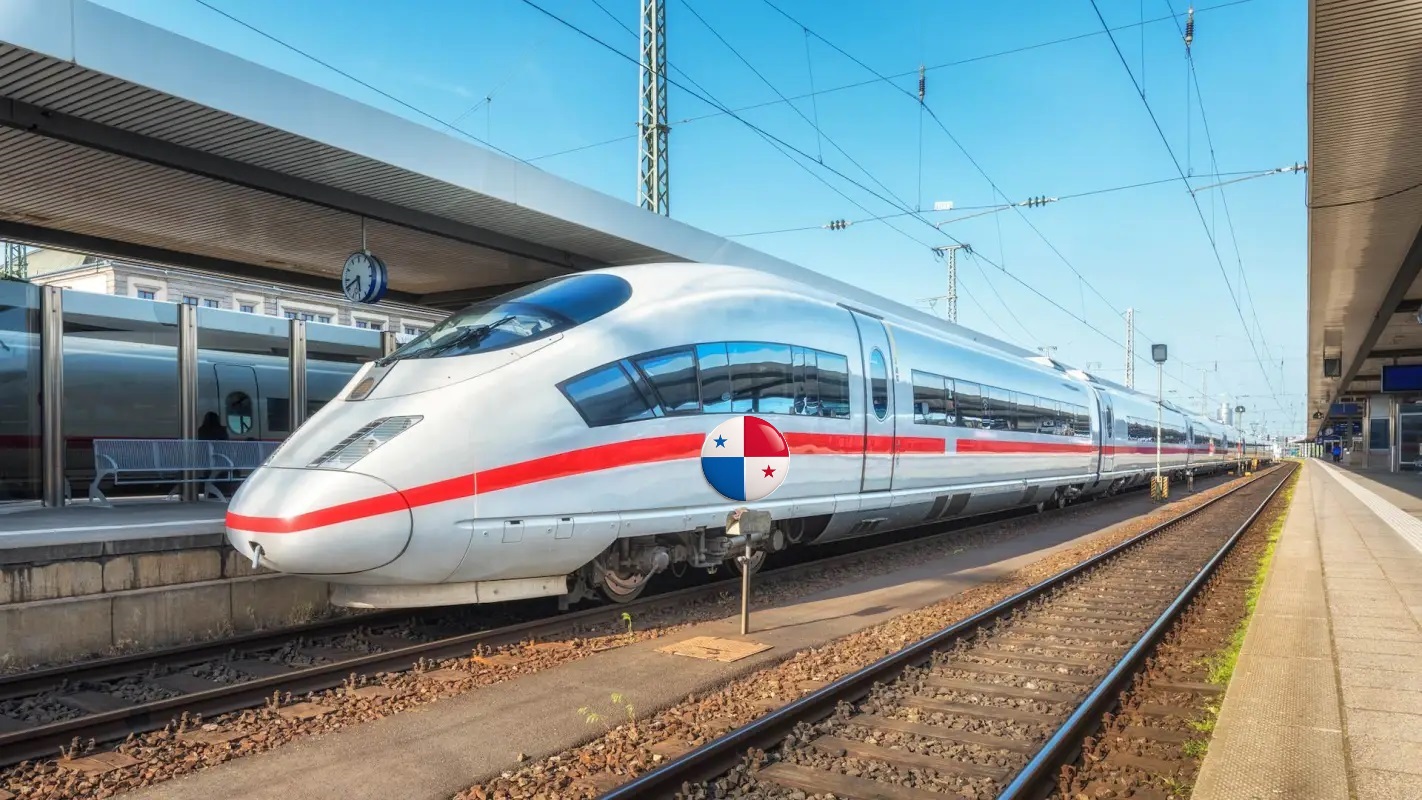
By linking Panama Pacífico—where Metro Line 3 ends—with Divisa, the initiative enhances access to capital and eases daily commutes. Additionally, the railway’s integration with existing metro and road systems ensures seamless Panama transit infrastructure connectivity.
Passenger Rail Panama: Social & Economic Benefits
The passenger rail Panama service is designed to relieve traffic, reduce trip times, and provide a reliable travel option for western commuters. Consequently, it will create jobs in transport, consulting, and infrastructure sectors.
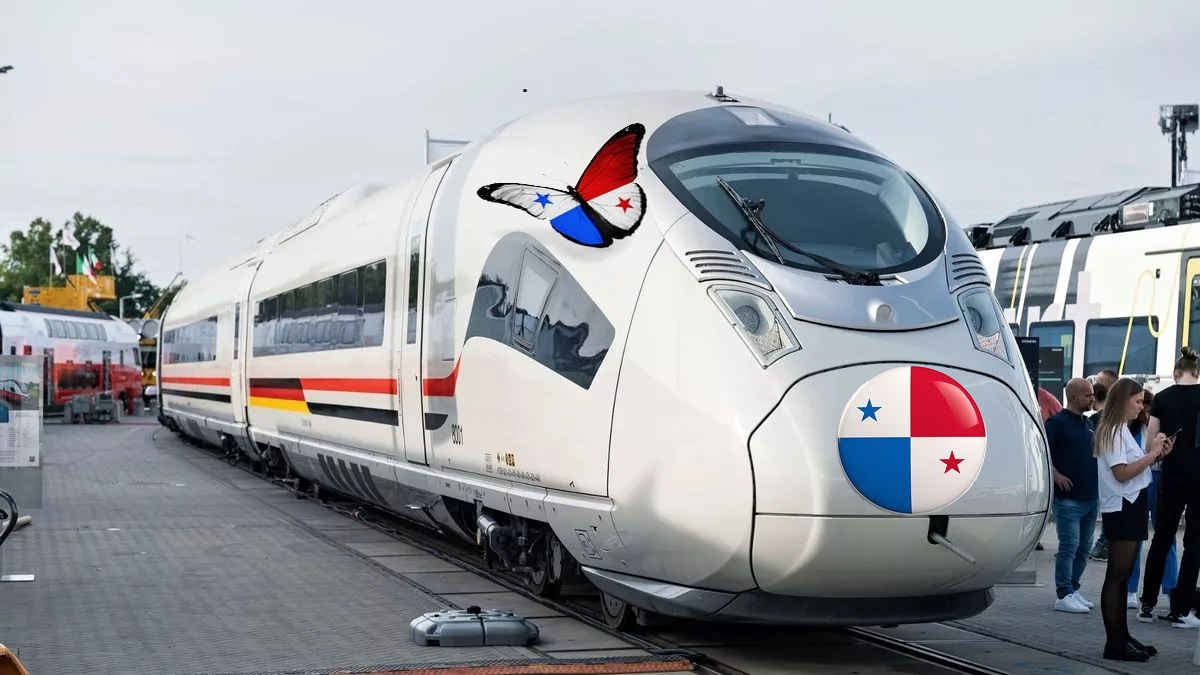
Strengthening Panama Transit Infrastructure
Furthermore, the project includes geotechnical, environmental, and engineering studies prior to construction. As a result, Panama’s transit system grows more sustainable and integrated, supporting long-term multimodal connections.
Timeline and Next Steps
Finally, earthworks for the Panama railway project are expected to start in early 2026, pending engineering and environmental approvals. Ultimately, this initiative could reduce congestion, and lay the groundwork for future expansion, all the way through David to the Costa Rican border and beyond.
